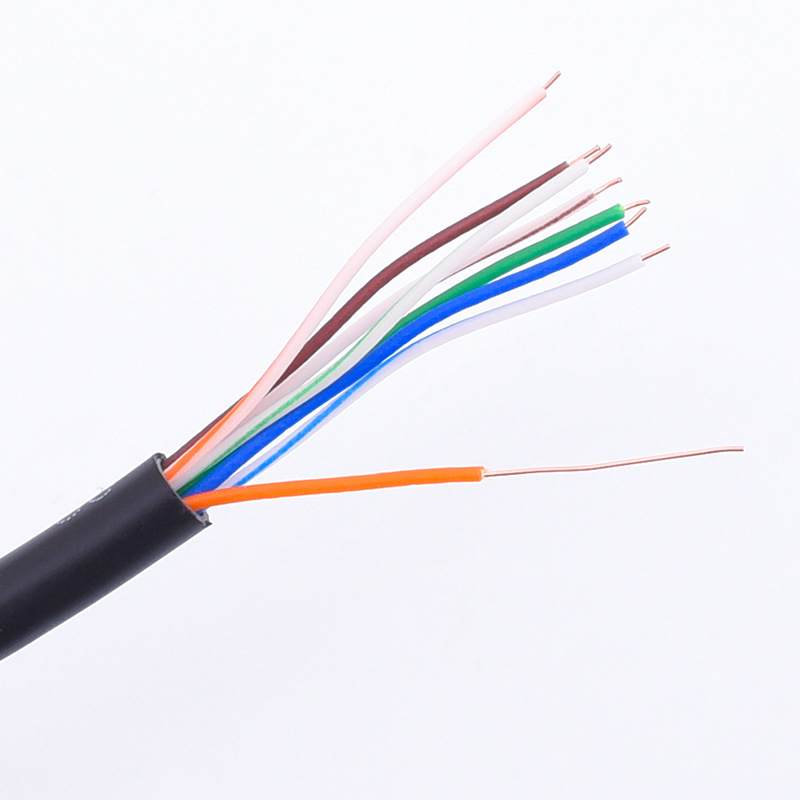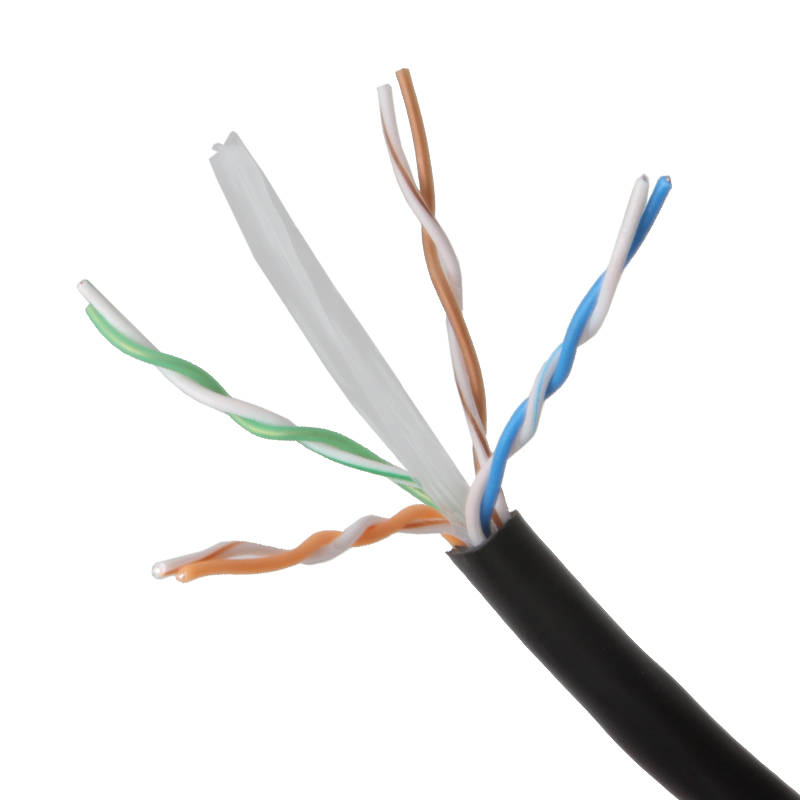Shenzhen Ruilianpu (RELPER) Tech. Co., Ltd.
Integrated network cable processing enterprise
- Enterprise Dynamics
- Industry News
- Technical Information
Technical Information
What is the difference between Category 5 network cable and Category 6
First of all, the structure is different. Category 6 cables have built-in cross spacers and 4 pairs of cables are placed in their grooves, while category 5 cables have no spacers. Second, category 6 cables have a core of 0.56 mm-0.58 mm, while 5 The core of the category network cable is 0.45 mm or less; the appearance of the last category 6 network cable is marked with CAT6, and the outer skin of the category 5 network cable is marked with CAT5.
1. The network speed is different. Category 5 network cables can form a fast Ethernet with a network speed of 100M, and Category 5 and Category 6 network cables can form a Gigabit Ethernet with a network speed of up to 1000M.
2. The cable structure is different. There are only tensile white filaments in the middle of Category 5 and Super Category 5 cables. There is an insulated cross frame in the six types of wires, and the four pairs of twisted-pair wires are respectively placed in the four grooves of the cross frame.
Now is the age of the Internet. Whether you are watching TV, playing mobile phones or operating other electronic devices, you need to use the Internet. However, the network needs to be connected by a network cable, and many people are confused about the network cable model. So what is the difference between Category 5 network cable and Category 6? How to choose the material of the network cable? Let's take a look at these two questions together!
Category 5 network cable
The CAT5e network cable is composed of 8 cores and 1 tensile wire. The bare copper wire meets the 24AWG standard (0.51mm), and the transmission frequency is 100MHz, which can meet the gigabit network speed.
The outer skin of the Cat.5e network cable is marked with "CAT.5e", so you must choose the 24AWG oxygen-free copper Cat.5e network cable.
The five types of internal knot diagrams are as follows:

"Category 5" refers to Category 5 Unshielded Twisted Pair (UTP—Unshielded Twisted Pair) Unshielded twisted pair cable is composed of multiple pairs of twisted pairs and a plastic sheath. Category five refers to the five different quality levels defined by the International Electrical Industry Association for twisted-pair cables. The improved cable has many performance parameters, such as near-end crosstalk, attenuation crosstalk ratio, and return loss, but its transmission bandwidth is still 100MHz. Category 5 twisted-pair cable also uses 4 winding pairs and 1 tensile wire. The color of the pair is exactly the same as that of Category 5 twisted pair, which are white orange, orange, white green, green, White blue, blue, white brown and brown. The diameter of bare copper wire is 0.51mm (wire gauge is 24AWG), the diameter of insulated wire is 0.92mm, and the diameter of UTP cable is 5mm. Although Category 5e unshielded twisted pair cables can also provide up to 1000Mb/s transmission bandwidth, they often require the support of expensive special equipment. Therefore, it is usually only applied to 100Mb/s fast Ethernet to connect the desktop switch to the computer. If you are not going to upgrade the network to Gigabit Ethernet in the future, you may wish to use Category 5e unshielded twisted pair in the horizontal cabling.
The 6 types of internal structure diagrams are as follows:

Summary: The above is what is the difference between the 5 types of network cables and the 6 types of network cables and the related content of how to choose the materials of the network cables. I hope to bring help to friends in need. If you need to learn more about related knowledge later, welcome Pay attention to Ruilianpu professional network cable manufacturers.
- Previous:Already the first article
- Next:What is the difference between Cat 7 jumper and Cat 6 jumper?










